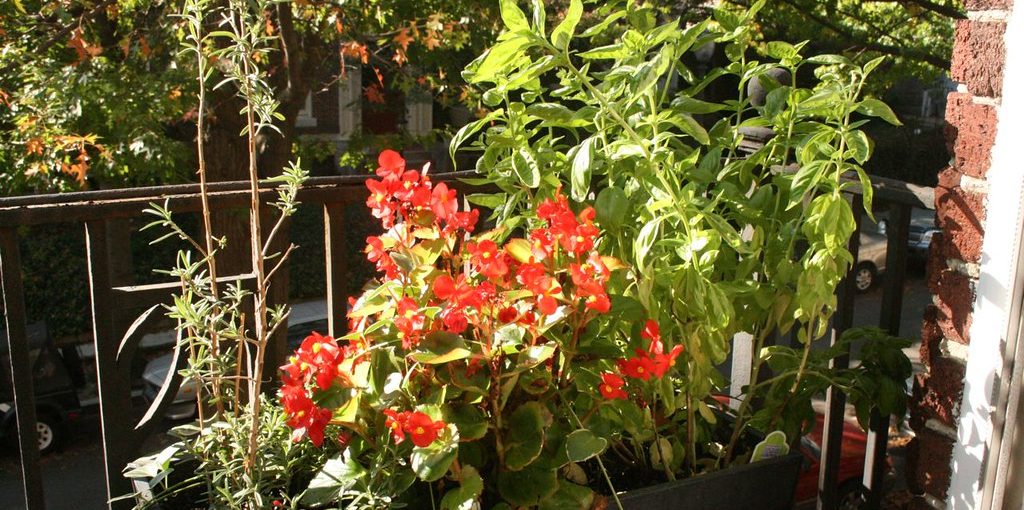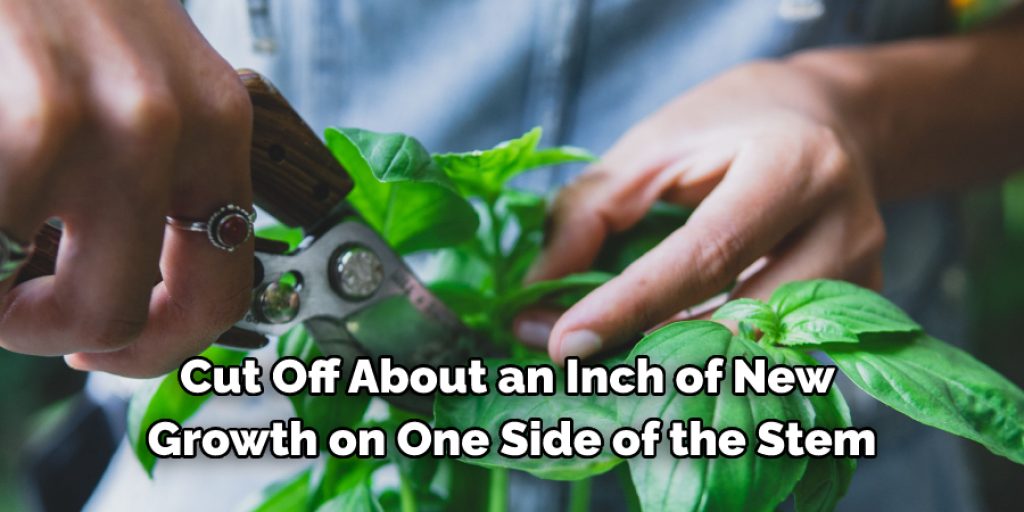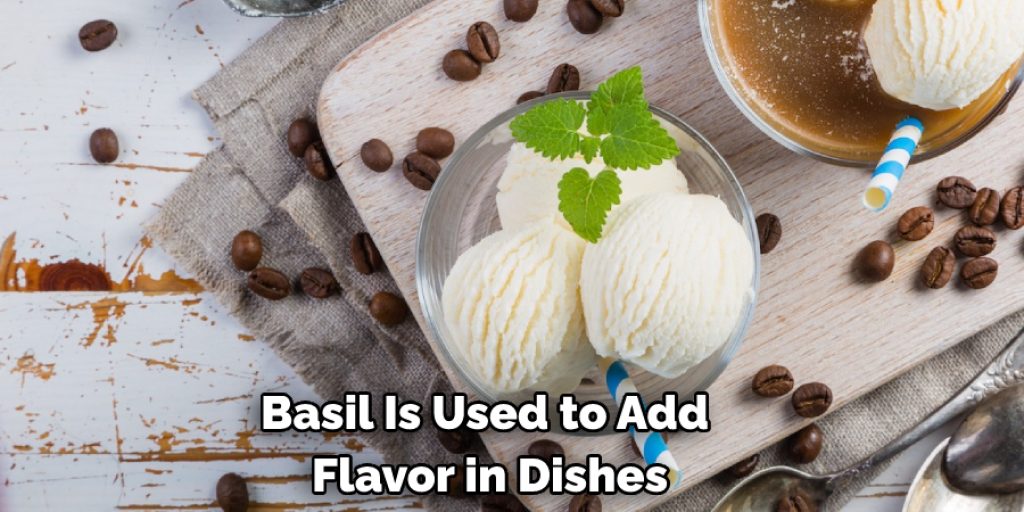How to Trim a Basil Plant Without Killing It
A basil plant is a great way to add fresh flavor to your cooking. But sometimes, they can be challenging to keep alive and well without getting too big for your space. This blog post will teach you how to trim a basil plant without killing it so that it stays small and healthy!
The first step in this process is removing any dead or yellowing leaves from the top of the stem. Next, cut off about an inch of new growth on one side of the stem just below where the leaf stems have grown out from. Finally, water it generously before replanting it in a pot with plenty of soil and a little bit more light than usual! For more information on keeping your plants happy and healthy, check out this entire blog post.

Reasons Why You Should Trim a Basil Plant?
1. It grows faster. The more often you trim your basil plant, the more likely it will grow lush and robust. After about thirty days or so of continuous Growth, basil plants lose vigor as they become overcrowded at their center. Trimming these crowded areas will encourage new growth from the remaining healthy stems, giving your plant a fresh start.
2. Pruning your basil bush regularly will encourage it to produce more side branches. For best results, cut away at 45-degree angles, making sure not to remove the stem altogether.
3. Your basil plant will be better at fighting off pests and diseases. Basil plants that are stressed tend to get sick and infested more often than healthy ones, so it’s essential to keep them trim and thriving! The best way to do this is by giving your plants a monthly haircut right after they’ve started growing again after a trimming session.
4. You’ll get more leaf growth. Trimming your basil plant will encourage the new leaves that grow in its place to be longer, bigger, and lusher than before! This is because cutting away crowded areas frees up some room for new stems to develop unimpeded.
5. There are many ways to use basil leaves, such as in pesto or as a garnish. Since these plants are full of flavorful leaves, you may want to use them up in pesto or other dishes. However, if you prefer not to harvest your crop for culinary purposes, then simply keeping them maintained will give you enough leaves to cook with for a long while.
6. You’ll get essential oil production. Basil plant’s flavor comes from the essential oils that cover its leaves, and these oils are produced in greater concentrations when your plant is stressed. As such, giving your basil plants “haircuts” will provide you with healthier leaves with more flavor!
7. Trimming will keep your plant looking tidy. While most of us trim our basil plants just for practical reasons, it’s beneficial to the appearance of your plant as well! Since basil plants start looking a little shabby when overcrowded, regular grooming will keep them from getting too wild.
Seven Ways on How to Trim a Basil Plant Without Killing It:

1) Leave the Bottom Leaves Alone
To keep your basil plant healthy, you should only trim the top of the plant, so it doesn’t grow taller than 6″ before flowering. If you cut the bottom leaves off, they’ll be gone forever without any chance of regrowth.
2) Cut Out Dead Stems
If you want to trim your basil plant, cut out the dead stems first. These are the brown or shriveled ones that no longer have any green color. You can also use your fingers to pinch off these leaves.
3) Trim the Top of the Plant
Make sure all moving parts are free of debris by starting with a clean blade. If you haven’t been mowing for a while, the blade may have accumulated grass clippings and other material. Clean it off with a cloth before attempting to start the engine. You can also use this opportunity to check the air filter, fuel level and oil level.
4) Cut Off Flower Buds
Cutting off flower buds will also prevent your basil plant from blooming, which means it won’t die. Just take a pair of scissors and snip all the stems that look like they’re about to blossom into flowers. You can also pinch off these branches with your fingers.
5) Harvest and Use Your Basil Plant Regularly
To keep your basil plant healthy, harvest and use it regularly. Don’t let the leaves wilt or brown because you’ll be encouraging mold and other fungi to form on your plant’s leaves whenever you do that. Always cut off leaves with clean scissors regularly, especially if you’re using the plant for cooking.
6) Prune Your Basil Plant to Encourage Growth
Pruning your basil plant will help it grow back even stronger than before. Just cut off all the branches that are already flowering or turning brown. You can also pinch off these leaves with your fingers.
7) Don’t Throw Away Brown Leaves
If you want to trim your basil plant, don’t throw away the brown leaves. Instead, use them for cooking or composting. Even with leaves that are already brown, you can still cook with them by chopping them up into smaller pieces and adding them to spaghetti sauce or soups. You can also add them to a compost pile, which will yield the best soil you’ll ever have for your garden.
Tips to Maintain Basil Plant:

1. Water basil plant when the top inch of soil becomes dry to touch. Basil plants are drought tolerant but prefer moist soil instead of soggy soil.
2. It is best to water them early in the morning so that the leaves dry before nightfall and prevent fungal diseases.
3. If you want to create a charming look for your house, regularly cut the basil plant.
4. Basil plants don’t like chemicals and fertilizers, so make sure you don’t use them for your plant.
Should You Cut Off the Flowers on a Basil Plant?
Many gardeners wonder if they should cut off the flowers on a basil plant. While it might seem tempting to snip away, you should think twice before doing so. Not only do the flowers provide additional beauty to your garden, but they also serve an important purpose: allowing the plant to reproduce and form seeds.
Removing flowers can cause the basil plant to become ‘terminal,’ meaning it will no longer be able to produce new leaves or survive for very long. In some cases, cutting off the basil flower may even stunt its growth, leading to fewer and smaller leaves over time.
The most surefire way to keep your basil plant healthy and productive is by simply pinching off any buds or blooms when they begin forming at the top of the stem.
Frequently Asked Question
Can You Harvest Basil Without Killing the Plant?
Yes, you can harvest basil without killing the plant. There are a few ways to do this:
1. Cut the stem close to the ground and remove any leaves that are above the soil line.
2. Dig a hole large enough for the basil plant and fill it with fresh soil. Plant the basil in the hole and water it well.
3. Tie a piece of cloth around the stem of the basil plant so that it doesn’t touch the ground. Hang the cloth from a tree or branch so that it doesn’t touch anything else while harvesting.
Does Basil Grow Back After You Cut It?
Basil is a versatile herb that can be used as a culinary spice or for medicinal purposes. It thrives in warm climates, such as in Mediterranean countries, and makes a great addition to any dish.
Where Do You Cut Basil When Harvesting?
Basil is a popular herb that is used to add flavor to many dishes. When harvesting basil, you should first cut the stem off the plant and then start pulling the leaves off of the stem. You can also use a knife to cut the leaves if you prefer.

Does Basil Grow Back Every Year?
Basil is a type of herb that is used in many dishes. It can be found in the grocery store or garden center. You can grow basil by planting seeds or cutting things. Basil does not grow back every year, but it will typically reseed itself if you allow it to do so. You can also transplant basil plants if they become too large for their space.
Conclusion:
In this article, we have given you information on how to trim a basil plant without killing it. Cutting a basil plant can be easy if done correctly. Basil plants thrive on being decorated and will grow taller as time goes by.
This guide should help ensure your basil thrives for years to come! We hope you found our tips helpful. If not, let us know in the comments below, and we’ll do our best to help you!
You May Also Read – How to Make Beneficial Bacteria for Plants




